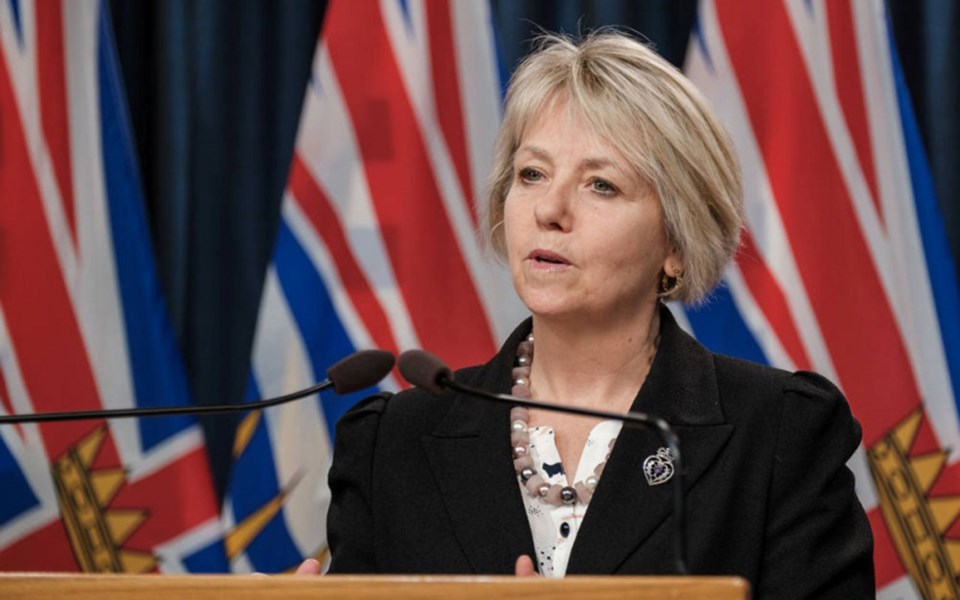The COVID-19 pandemic has brought new terms into our lexicon, such as physical distancing and self-isolation. One new term that has many people scratching their heads, however, is “safe six.”
It’s become a regular in provincial health officer Dr. Bonnie Henry’s COVID-19 updates and turned up in a new order announced Monday that limits gatherings in private homes to six guests in addition to household members.
Many are confused about what “safe six” actually means and how to play by the rules.
The Ministry of Health says your safe six are people you socialize with indoors or outdoors. It doesn’t have to be exclusive, meaning if you socialize with six people individually, those people can each have their own group of six (including you) that they see, the ministry said in an email.
For roommates forming a household, each person can have their own group of six people they socialize with, but guests to the home are limited by the new order.
The order announced Monday means no more than six people from outside a household can gather inside a home, which includes front and backyards. The limit is designed to make contact tracing easier and reduce the risk of transmitting the virus, the ministry said.
More details will be available when the new provincial health officer order is added to the online list of orders in the next few days.
Dr. Jaron Easterbrook, a family physician in Saanich, said the safe six concept is a guideline that can help people make decisions about who they interact with.
“And the principle behind it is really around limiting your exposure risk,” Easterbrook said.
Some people in higher-risk categories, such as those over 65 or with compromised immune systems, might want fewer people in their lists of safe contacts.
It’s important to remember that when you bring someone into your circle, you’re also exposed to their contacts, Easterbrook said, and it’s a good idea to let friends and family know when you add someone to your circle.
“Make people aware: ‘Oh, by the way, I have added a new friend into my safe six.’ And they can then decide whether their personal risk tolerance is such that they maybe don’t want to come to dinner because of that, which is fine,” Easterbrook said.
Doctors are learning that 15 minutes spent with someone who is infectious is enough for transmission to occur, which is why it’s important to keep your distance from anyone outside your safe six, he said.
You don’t have to keep two metres between yourself and others in your safe six, but the ministry says there shouldn’t be physical contact like hugging and kissing. There’s no need to avoid physical contact with members of your household, which the ministry defines as permanent residents or people who sleep there at night.
In his practice, Easterbrook gets a lot of questions from patients about whether it’s safe to wear masks while working out or if someone has asthma. He said studies show there’s no need to worry about masks inhibiting your ability to breathe.
Henry said Monday she expects British Columbians to wear masks in indoor public spaces. Easterbrook said it’s also a good idea to mask up outdoors if you’re in a crowded space.
“It’s sort of like wearing a seatbelt. You may not have been in the car accident, but you’re wearing a seatbelt to prevent injury and a future car accident that could occur,” he said.




